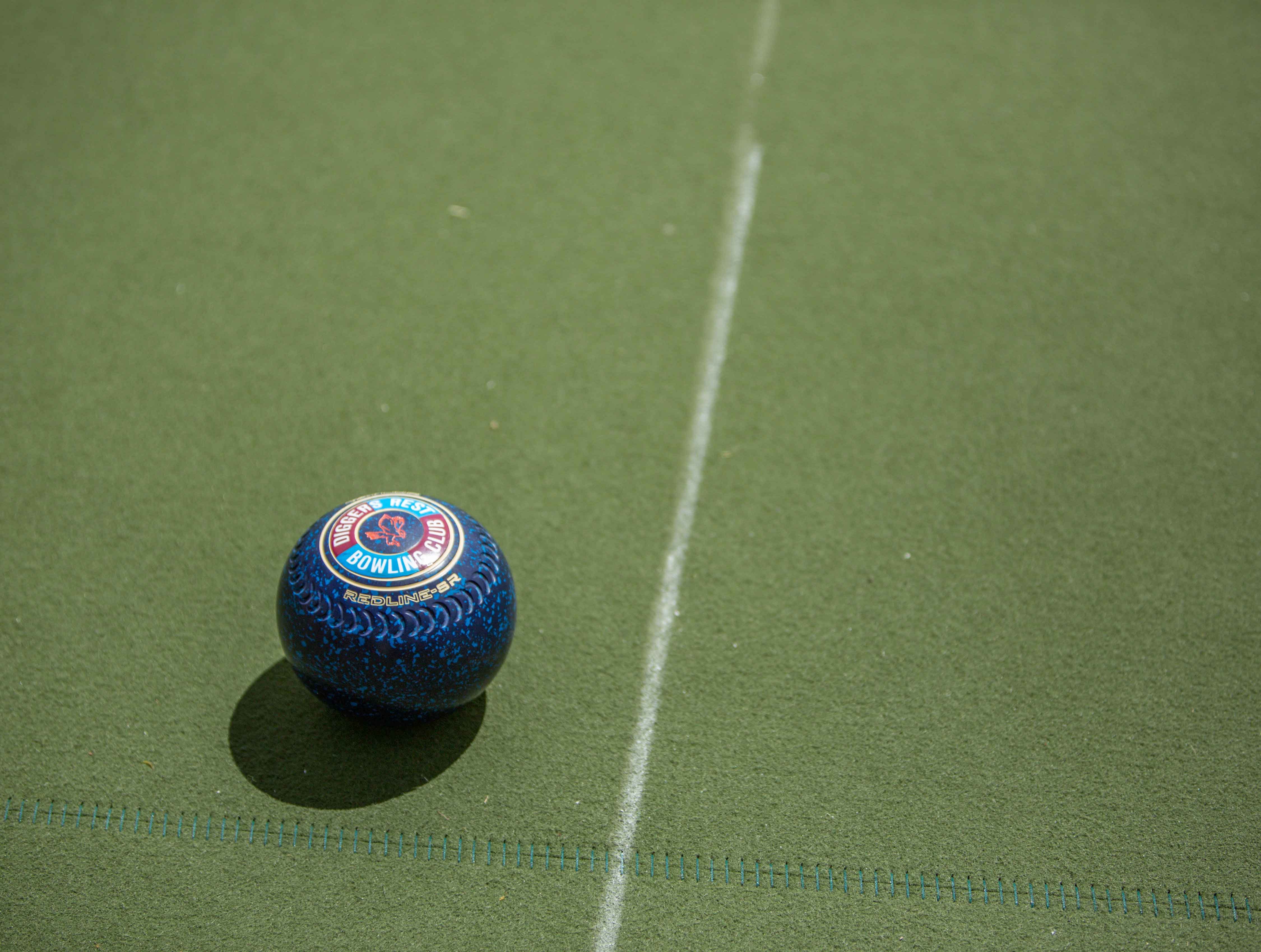
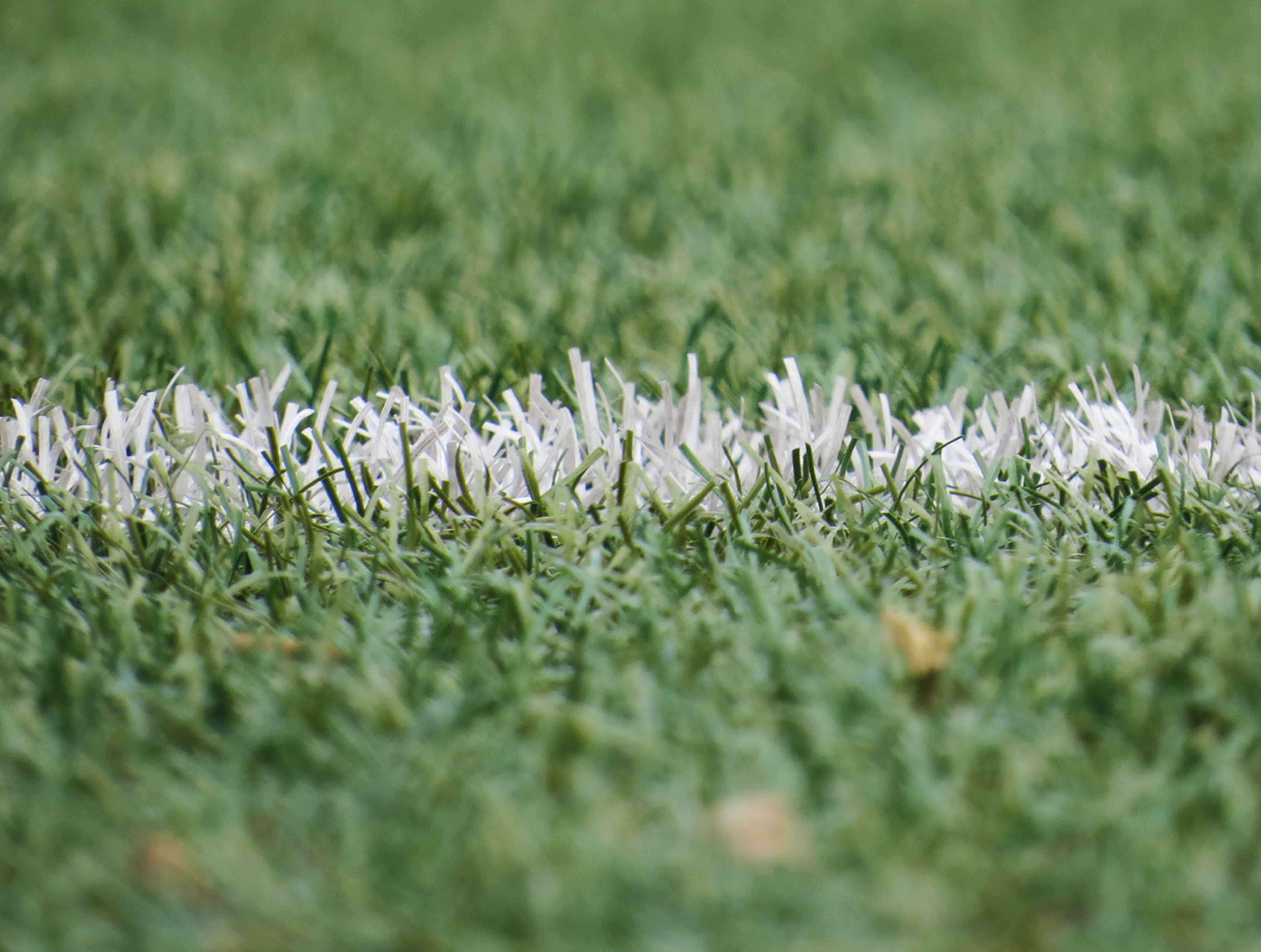
Synthetic grass surfaces have been used in fields of play since the 1960s and have evolved through to current 4G systems.
They have been developed through product engineering to meet the same playability standards required by natural grass surfaces, and the increase of playing hours of sporting communities.
In environments where natural turf fields struggle to meet the sports community's needs, synthetic grass surfaces have provided an alternative surface to provide greater playing hours with the same playing quality and reduce maintenance time and costs.
In conjunction with engineered bases, synthetic grass fields of play are used by schools and sporting clubs, as well as elite facilities.
The range of sports which use synthetic grass surfaces include, but are not limited to:
Each sport governing body has guidelines around the performance requirements of synthetic grass surfaces. At the completion of the installation of the synthetic surface, third-party independent testing of these fields ensures the quality of the facility meets the governing sports bodies’ guidelines.
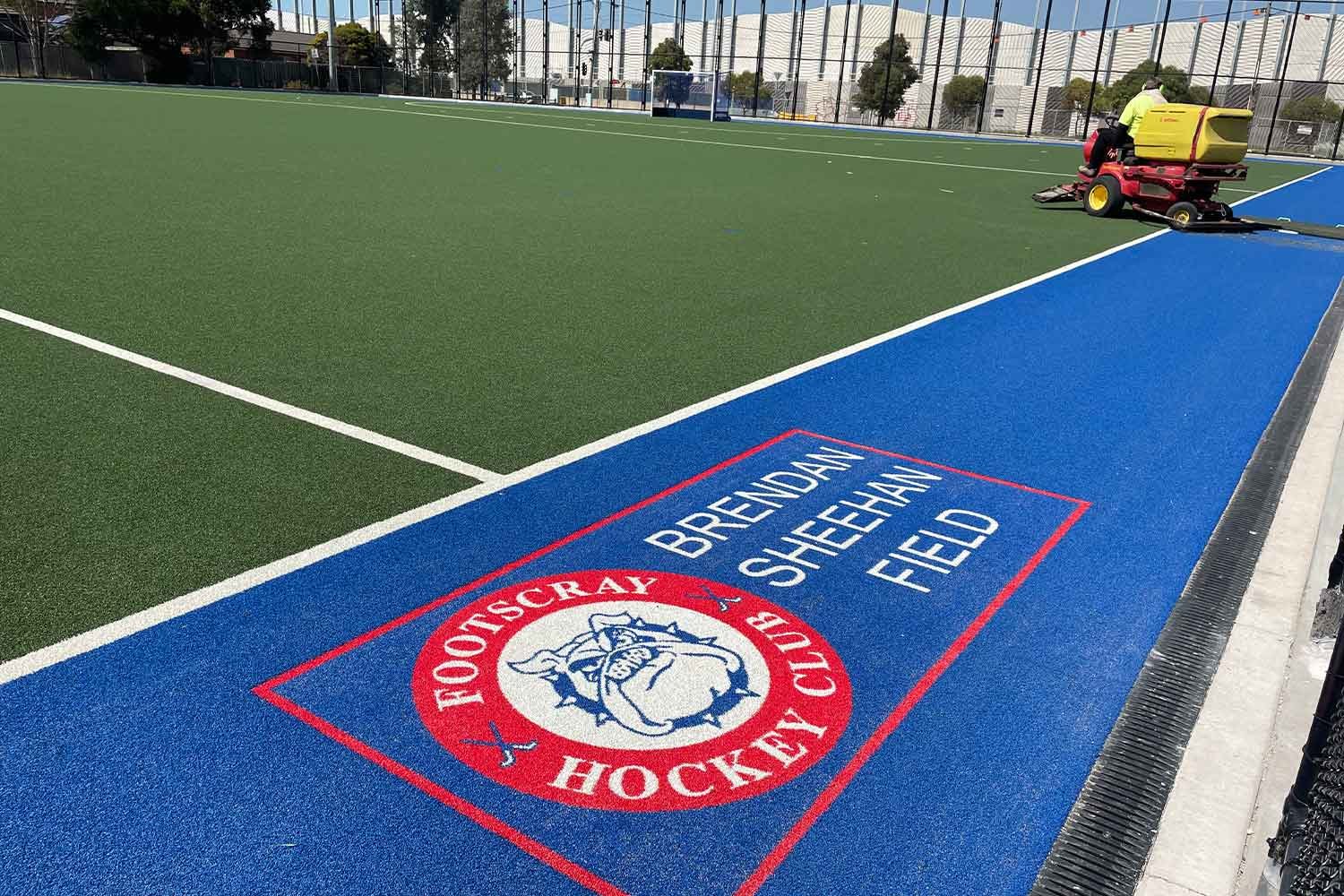
SPORTENG provides specialist knowledge which will help you choose the best synthetic grass surface based on the:
Combined with our knowledge of the engineering requirements to support the functionality and longevity of the field of play, our team is best placed to help ensure the correct synthetic grass system for your requirements.
These products are in the range of 40–70mm pile height. They are used for Football (soccer), AFL and Rugby.
The infill products include a sand base and different performance top layers such as:
In most applications, it’s recommended that the synthetic grass carpet be accompanied with an underlying shockpad to improve the performance of the overall system.
These products are in the range of 13–19mm pile height. They are used for Tennis, Hockey, and Multi-use courts (Basketball/Tennis/Netball/Lacrosse/Futsal).
The infill for these products is sand, installed at differing heights. The sand acts as ballast to ensure the synthetic grass carpet doesn’t move.
The texturised short pile fibre system is usually less than 13mm in height. There is no ballast infill, which is required to be adhered to the underlying pavement or shockpad.
This surface is commonly used for cricket wickets and ‘wet’ hockey pitches.
Woven grass products are specifically designed to meet the needs of lawn bowls. These systems are non-directional in nature. When they are tensioned during the installation, they provide a consistent playing surface.
Optimize your synthetic grass Field of Play.
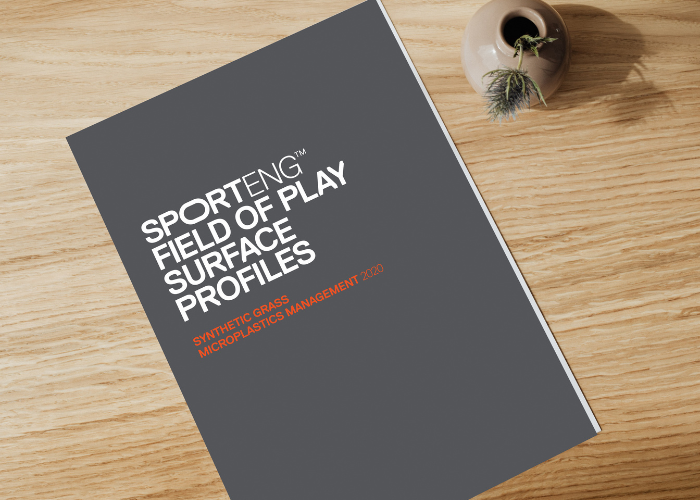
When choosing the surface that is right for your facility, you should consider the ongoing maintenance requirements and the whole-of-life cycle. A properly maintained and correctly used surface can have the optimal life span for your facility.
Synthetic grass surfaces need regular maintenance. Without this, the surface is at risk of not meeting the expected life. While it’s not as arduous as maintaining natural grass, synthetic grass needs the grass fibre and infill materials kept at an even and correct level. This helps maintain quality playability and ensures the longevity of the surface.
What maintenance is required for synthetic grass fields? And why does it maintenance?
Regular maintenance helps maintain the quality and safety of the field. Synthetic fields are designed to have the players’ studs or cleats get traction within the infill. If the correct level of infill isn’t consistent across the field, the fibre will be crushed and the surface will be slippery. By keeping the correct infill levels even, the fibre is protected and the full life of the surface will be achieved.
By grooming and brushing, the synthetic fibre will remain upright and the infill will remain at the correct level. This protects the fibre in the high-wear areas, such as penalty spots, corner circles and the middle of the field.
It’s important to know how long the field will be used for playing, and by players, each week. This data will enable a maintenance program, which is based on weekly usage and wear. As a result, you will maintain high quality field surfaces.
From planning to design, construction and maintenance, sports surfaces are at the heart of sports standards and the triumph of athletes.
Our surface knowledge covers a range of sports and their associated fields of play, from local- and regional-level facilities to elite national and international stadiums.